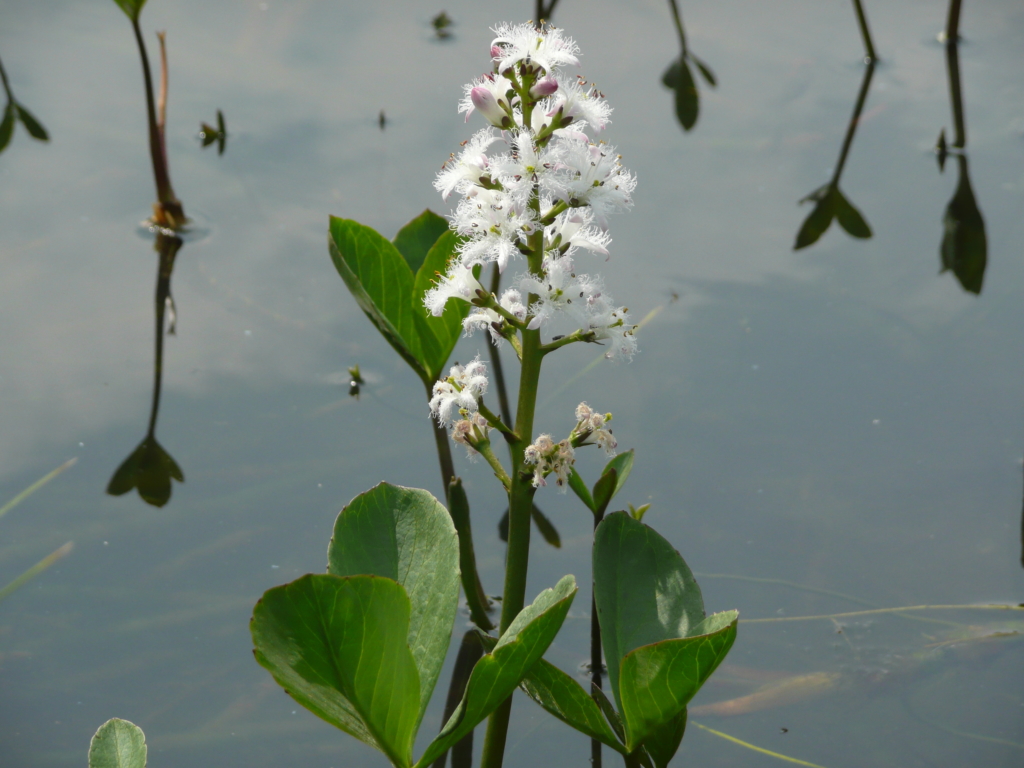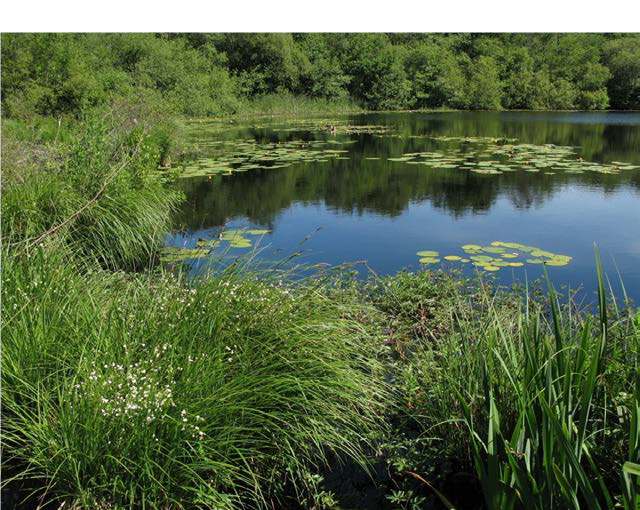
Dystrophic lakes are typically found in areas of peatland habitat and often have little submerged vegetation because of their naturally peat-stained water, although they can support Sphagnum and floating leaved species such as bogbean and white water-lily. Molluscs are often absent due to the naturally acidic water chemistry, whilst dragonflies, beetles, water bugs and chironomids are abundant, accompanied by copepods and cladocerans, some specific to such waters. Larger dystrophic water bodies may contain Arctic charr, eel, three-spined sticklebacks and trout. As most dystrophic waters occur in peatlands the pressures

upon them are those which damage the integrity of peatland as a whole, predominantly drainage of the peat body, over-grazing and burning.